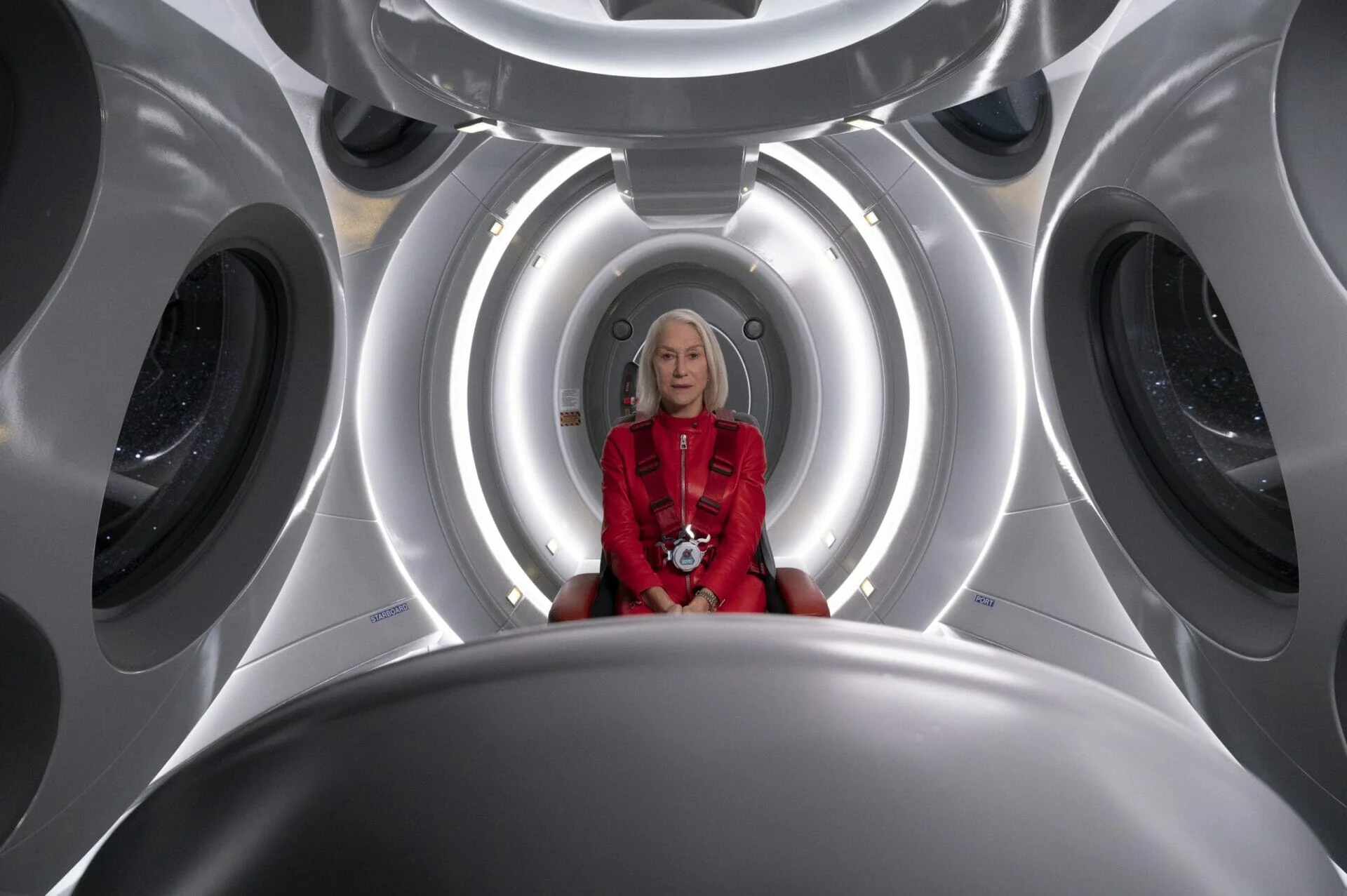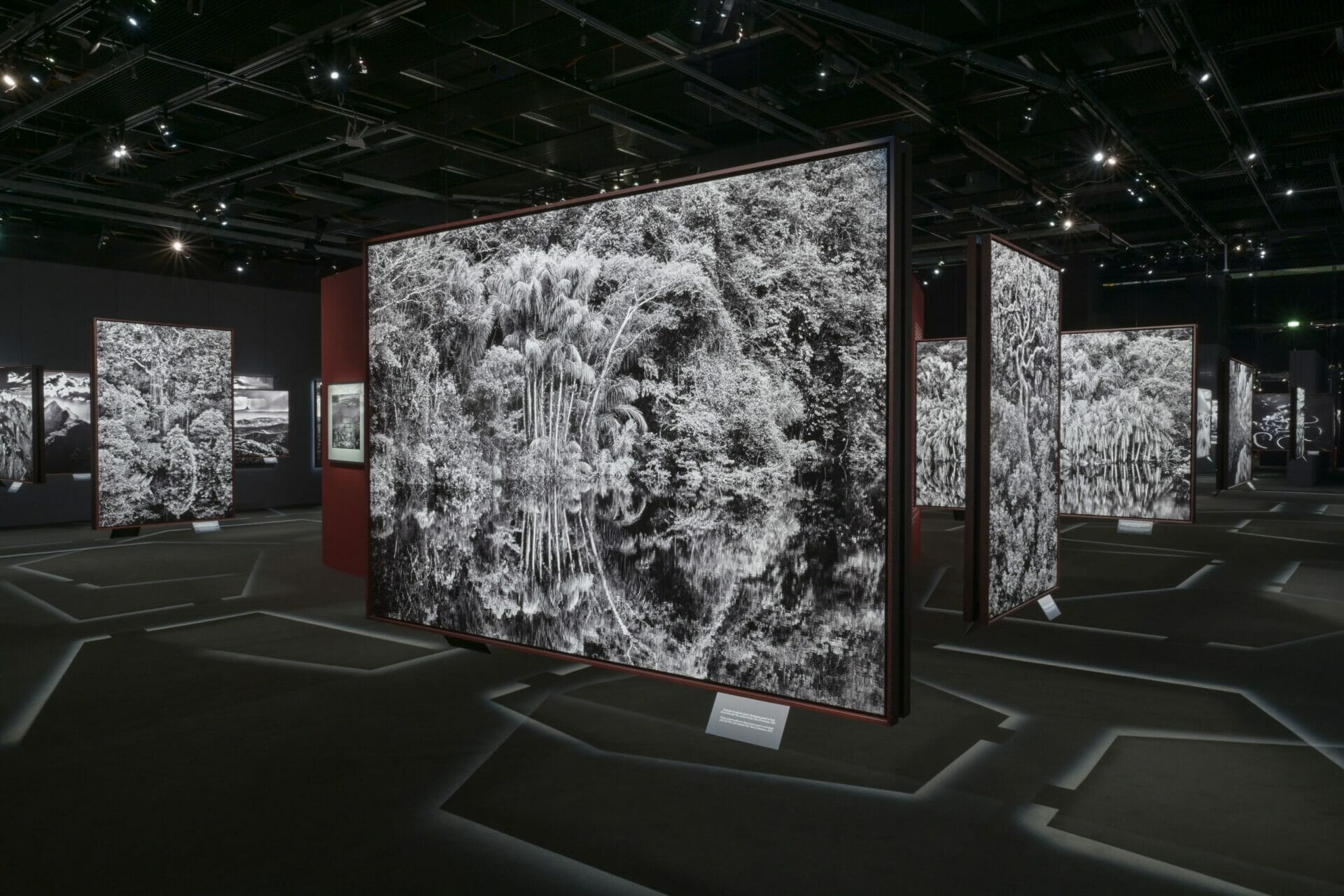
Avatar | The Persuasion of an Alien Way of Life
Year
Runtime
Main Cast
Writer
Cinematographer
Music by
Country
Genre
Subgenre
Avatar is a 2009 epic science fiction colossal directed, written, produced, and co-edited by James Cameron. A dazzling and expensive cinematic experience, thanks largely to its technical prowess. Avatar stands out in the sci-fi landscape also thanks to its fantasy twist and its fairy tale scent that makes it very different from other movies of the same genre. Most importantly, it is one of the first movies to employ 3D technology with creative discretion to develop and design the universe of its story. This allowed, for example, the technical and the world design teams to bring to life imaginary scenes, inspired by the biotopes of Hawaii and New Zealand in particular.
The plot follows a classic, and outdated at times, scheme: its narrative follows the epic peripeteia of a male hero, intertwined with a romance, a supervillain, characterized by grotesque and exaggerated machismo, and a happy ending – in the style of Walt Disney‘s Pocahontas (1995), which served as a reference for the movie, Avatar manages to deploy a subtext of sociopolitical analysis. There is a focus on the arrival of a machine civilization crushing on peaceful natives; a critique of the greedy interests of multinational, or rather interplanetary corporations; and a historical critique of a militarized culture that offers the military advantage for colonization and exploitation.
A human’s change of heart for an alien world
The action takes place in the year 2154 in the fictional universe of Pandora, a habitable exoplanetary moon orbiting a giant gas planet. A lush jungle grows on Pandora, while a flamboyant fauna cohabits with the native people: the Na’vi. They are an indigenous species; a peaceful, sapient tribe of blue-striped skinned humanoids with tails, about ten feet tall. The Na’vi are able to connect through a kind of neural network with nature and other organisms around them. Therefore, they live in perfect symbiosis with their environment. However, they are now at odds with the human invaders serving a powerful multinational corporation, the Resources Development Administration (RDA), attempting to exploit the unobtanium: a rare and valuable mineral that could help reduce Earth’s energy crisis. Due to the high toxicity of the lunar atmosphere, to explore Pandora humans use a so-called “avatar”: a remote-controlled Na’vi-human biological hybrid.
Avatar‘s main character is Jake Sully (Sam Worthington), a paraplegic former Marine sent to Pandora to replace his dead twin brother and infiltrate the local tribe. He attempts to gain their trust by negotiating their relocation away from their Hometree. Indeed, the tree sits on top of a concentration of the coveted mineral. With the help and love of Neytiri (Zoe Saldana), a native daughter of a Na’vi clan leader, Jake will gradually experience the wonders of Pandora, abandoning his mistrust and learning to know and respect the Na’vi and protect them
Cutting-edge technical filming
Digital visual effects company Weta Digital developed and employed a new range of techniques that have certainly helped change and modernize the approach to visual effects since then. A key innovation in Avatar is the use of performance capture. It employs motion capture and face capture (capturing the many subtle expressions) at the same time. The ultimate goal is to reproduce the full spectrum of human emotions.
In practice, actors are on the movie set covered in special markers, while hundreds of cameras all around film their movements. The result is a real-time moving skeleton of a computer-generated (CG) character. The technical breakthrough is actually the virtual camera. Instead of filming with a physical camera, the director holds a monitor with these real-time images. In the same way that the actor’s gestures are captured, the monitor’s movements are transferred to the virtual camera. So, this gave James Cameron a close look at the final image on his monitor. He has a first-hand view of the actors as the Na’vi acting in their virtual environment.
Actually, the real-time motion capture system was already used in The Lord of the Rings: The Two Towers (2002). Indeed, to create the character of Gollum, actor Andy Serkis was similarly covered in markers; then the director gave him movements to perform. However, it wasn’t until post-production that the artists were able to superpose the CG images over actual footage shot on location.
Italian-American cinematographer Mauro Fiore added a sense of realism to the virtual shots. In particular, he worked on the inclusion of a source that would illuminate the characters according to the position of the sun on Pandora. Cameron chose him because of Fiore’s visual treatment of jungle scenes in his last two movies: Tears of the Sun (2003) and The Island (2005). For his pioneering work in Avatar, Fiore won the Academy Award for Best Cinematography.
Inventing a spectacular space life
The universe created for Pandora is rich and complex. The movie crew included a botany consultant tasked with making the patterns of extraterrestrial life as scientific as possible. The incredible depiction of alien biology and zoology transports viewers into the fictional universe. Pandora’s physics is different than ours. It has weaker gravity and magnetic fields that allow for the phenomena of gigantism in plants and creatures. The highlight for viewers occurs when the lush jungle scenery becomes bioluminescent at night.
The movie abounds with iconic alien landscapes, such as the “Hallelujah Mountains” with their giant rocks floating in the air. The production team drew inspiration from the rocky pillars of Zhangjiajie National Forest Park in China and the tabulations of the tepuy in Venezuela. It is the least to say that terrestrial landscapes are a source of creativity, even for extraterrestrial speculative art. To see more, Brazilian photographer Sebastião Salgado captured the magnificent tepuy while covering the realities of Amazonia.
To create a believable alien species, Cameron decided to invent a real Na’vi language. In a similar way to what English writer J. R. R. Tolkien did in The Lord of the Rings, or to the Dothraki language in George R. R. Martin‘s series of fantasy novels A Song of Ice and Fire and the television adaptation Game of Thrones. Actually, American communications professor and linguistics consultant Paul R. Frommer is the one who developed the Na’vi language. Dialect sonorities dig from sounds of Polynesian languages. Composing a new language is not just associating new sounds; it is also inventing new words and structuring sentences. In turn, the actors were trained to learn the pronunciation of a new language.
An attempt to colonize outer space
The movie offers a reflection on the encounter with an alien civilization. Avatar takes also the opportunity to look back on history. It shares a social commentary on colonization; exploitation of indigenous peoples; and extortion of natural resources.
In opposition to his previous dark movie Aliens (1986), Cameron’s new depiction of extraterrestrial life features a kind of romanticization of the native. The Na’vi are designed to be aesthetically appealing to the viewer. Indeed, the design team discarded early sketches of faces with amphibious traits because it was driving people away. The final version of the Na’vi is tall, blue-skinned beings with feline features. They could easily be subjects of Paul Gauguin‘s paintings. Also, their lifestyle is reminiscent of the natives of the American and the Oceanian continent. Actually, Cameron immersed his crew in the Hawaiian jungle before the movie. Moreover, for the sequel released in late 2022, he drew inspiration from the indigenous tribes of Brazil.
The movie portrays them as peaceful beings with pure intentions. They are nearly naked; armed with bows and arrows and possessing no technology. Perhaps they didn’t need to, as they can easily connect biologically with other beings. And indeed, this unification with Pandora’s living entities is crucial in their struggle against outsiders. When Pandora’s nature becomes active, it is an important ally that changes the stakes of the war.
On the other side, humans appear as orderly colonizers with cutting-edge technology. They have a panel of screens; an arsenal of flying ships; and the ability to create and use “avatars”. In particular, the military and the corporate parties share the common goal of exploiting the new world. Scientists are no different in this civilizing mission. Indeed, science also extracts to study and classify things to establish new meanings. They seek to learn from extraterrestrial biodiversity and native customs, but ultimately have little to offer in return.
Successfully cultivating awareness
Avatar received nine nominations at the 82nd Academy Awards, winning for Best Cinematography; Best Art Direction; and Best Visual Effects. As a testament to its success, Avatar is the second highest-grossing movie of all time after Gone with the Wind (1939).
Avatar surpassed other movies in visual effects because Cameron went beyond the available technology. However, this technical aspect served to design a fantastic world and offered the means to raise awareness on certain issues. First, the movie criticizes colonialist attitudes, although it does so wrapped in a heavily fictionalized discourse. Second, the affliction of witnessing the destruction of an extraordinary nature echoes the precariousness of the earth. In a documentary on the making of the movie, Cameron himself points out the irony of using the most advanced technical production to talk about a truly natural existence. Indeed, Avatar‘s major themes address man’s relationship with technology and the terrible consequences of separation from nature.
A new adventure
Thirteen years later, a sequel to this hit story stunned theater-goers. In Avatar: The Way of Water many of the new scenes take place in the ocean. The company stated that much of the performance capture was done underwater in a tank specifically built for the sequel. Finally, Jake Sully’s voiceover in the trailer mentions the importance of family, focusing on the next generation.







